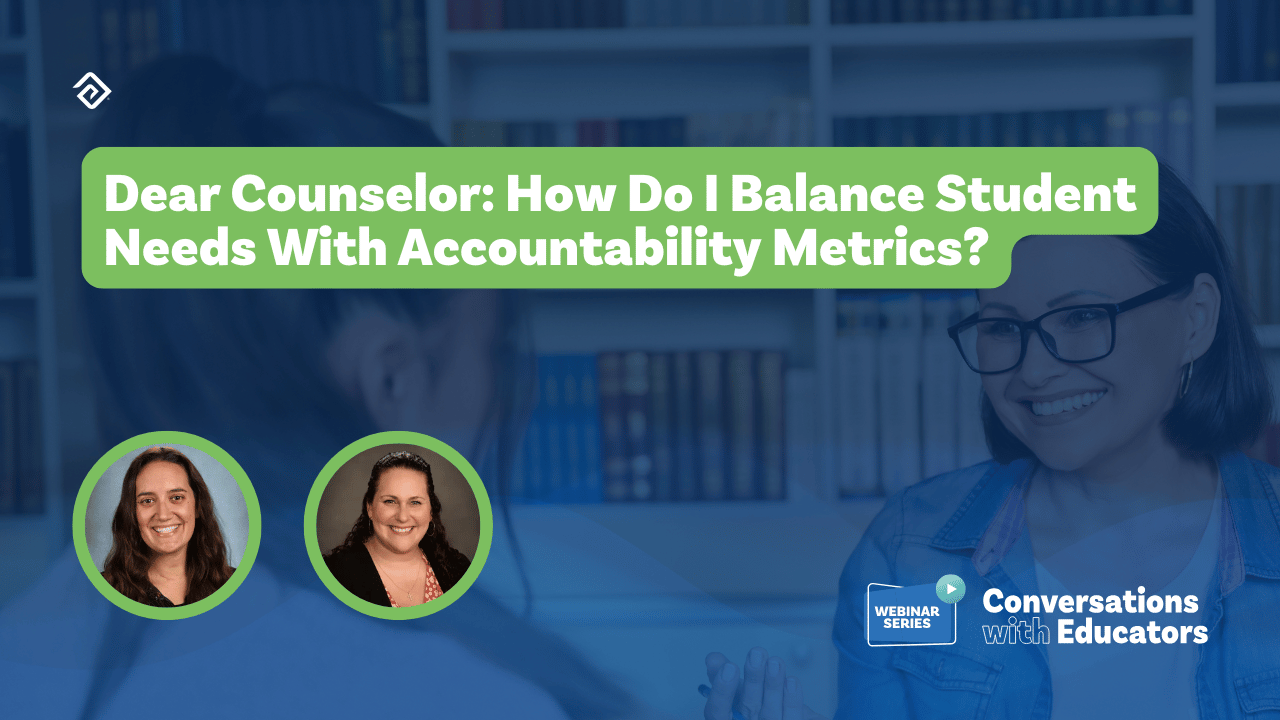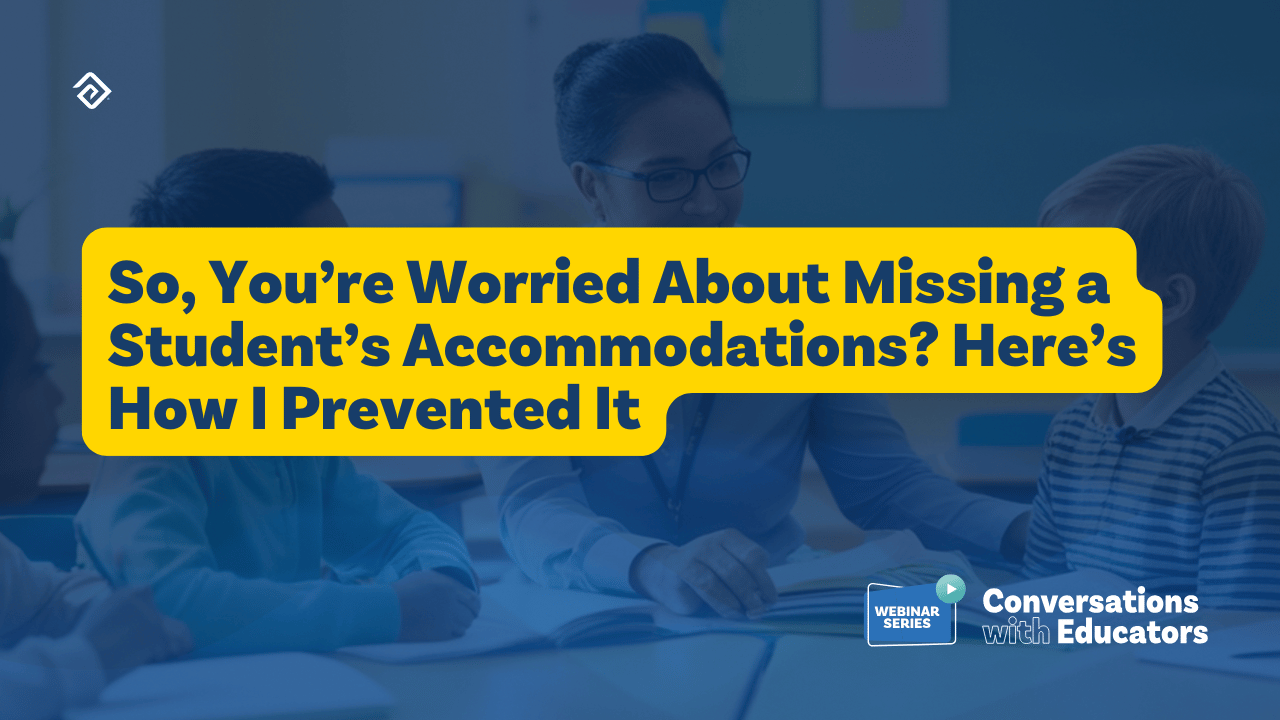Building an Inclusive Classroom Environment
An inclusive classroom, at its core, represents a transformative approach to education that ensures every student feels comfortable and part of the learning community, regardless of differences in abilities, identities, or backgrounds.
Instead of the usual one-size-fits-all education, the focus here is on giving each student the support they need. Inclusive classrooms aim to create a friendly and helpful learning space for everyone, breaking down barriers and giving every student equal opportunities in education.

What Is an Inclusive Classroom?
An inclusive classroom is a learning environment that caters to the unique needs of all students, creating a sense of belonging and active engagement.
Unlike traditional education models, inclusivity goes beyond learning accommodations. It promotes a non-segregated classroom that embraces diversity, focusing on helping each student in their own way.
Beyond promoting diversity, creating an inclusive classroom involves actively addressing and working to eliminate unhelpful attitudes or stereotypes based on learning style, gender, religion, race, or ethnicity.
Why an Inclusive Classroom Environment Matters
Ensuring every student feels like they belong, seeing them for who they truly are, and appreciating them as valuable individuals is crucial in the high school classroom. Inclusive classrooms empower teenagers to develop confidence and thrive, not just as students in the school system but as active citizens in their communities and the broader world.
Inclusive teaching and classrooms integrate special needs students with their peers to prepare them for adult life in an inclusive society where everyone is valued. Teachers strive to provide equal attention to every student using adaptation tools like accommodations and modifications so disability doesn’t cause disruptions in the class.
These classrooms are friendly and support all students with different needs covering academic, social, emotional, and communication dimensions. With this approach, students who may have felt like they didn’t quite fit in now feel welcomed as respected participants in the school community.
8 Benefits of Inclusive Classrooms
Inclusion in classrooms offers many benefits, including:
- Support for Diverse Learning Styles: Students learn differently, and inclusivity exposes them to various styles using specialized instruction and support, such as differentiated teaching and the Universal Design for Learning framework, to accommodate diverse learning styles.
- Understanding Others: Interacting with all kinds of classmates cultivates empathy and understanding, making for a more compassionate outlook on life.
- Normalization of Differences: By celebrating diversity, inclusiveness in classrooms promotes the idea that differences are a natural part of life, and this helps build long-term friendships.
- Equal Learning Expectations: Inclusive classrooms align with academic standards, ensuring that students with Individualized Education Programs (IEPs) receive the same material as their peers. Differentiated instruction and co-teaching contribute to setting high expectations for all students.
- Social Skills Development: Inclusive settings naturally develop social skills as students collaborate with classmates of varying strengths and challenges.
- Real-World Readiness: Inclusive classrooms mirror real-world diversity, preparing students for life in an inclusive society.
- Confidence Boost: Recognizing individual strengths in an inclusive environment enhances confidence and self-esteem for students.
- Academic Excellence: Inclusivity tailors teaching methods to diverse needs, allowing every student the opportunity to do well in school.

Which Students Benefit from Inclusiveness in Classrooms?
Inclusivity in classrooms opens the door to a diverse and enriching educational experience for every student, including:
Students With Special Needs
Inclusivity provides tailored support for students with special needs, including those with learning disabilities, physical disabilities, or developmental challenges. It ensures these students receive the necessary accommodations and thrive in the learning process.
Typically Developing Students
Inclusive classrooms benefit students with no identified disabilities or special needs by exposing them to diverse learning styles and encouraging empathy and understanding. As typically developing students interact with peers who have different abilities, it promotes their social skills and prepares them for the real-world diversity they will encounter beyond the classroom.
Gifted and Talented Students
For gifted and talented students, inclusiveness provides an opportunity to engage with diverse perspectives. These students can share their strengths and learn from their peers through collaborative learning, providing a more enriching educational experience.
English Language Learner (ELL)
Inclusive settings support each English Language Learner by providing a rich learning environment where they can develop language skills through interaction with native speakers. Inclusiveness helps ELLs feel more integrated and confident in their language acquisition journey.
Students Facing Academic Challenges
Inclusive practices in classrooms benefit students who may face academic challenges by offering a variety of teaching methods and additional support. Teachers can adapt their instruction to suit different learning styles, ensuring that all students have an opportunity to excel, regardless of their academic strengths or abilities.
7 Steps for Creating an Inclusive Classroom
1. Get to Know Students
Building genuine connections with students is the foundation of inclusivity. In addition to knowing students’ backgrounds, teachers can create opportunities where students feel safe to share their unique perspectives and stories.
2. Understand How Each Student Learns
Identifying what motivates students and their preferred learning styles is key. Teachers can use questionnaires or discussions to gather insights and adapt lesson plans to cater to diverse student learning needs.
3. Utilize Various Learning Materials and Activities
Supporting diverse learning styles involves using a mix of materials and activities. Teachers can plan lessons that incorporate visual, auditory, and tactile assignments, reflecting various cultural perspectives and encouraging creative thinking.
4. Encourage a Positive Learning Environment
Collaboratively setting clear expectations and rules at the start of the school year helps create a positive student learning atmosphere. Actively involving students in creating rules fosters a sense of belonging and ensures accountability.
5. Promote Student Interaction
Encouraging student interaction creates stronger connections and makes classroom inclusion more robust. Group projects or collaborative games are some ways to encourage students to interact and foster a stronger sense of community.
6. Collaborate as a Community
True inclusivity involves collaboration among all members of the school community. Teachers, families, counselors, and administrators work together to consider the needs of every student, ensuring consistent and accessible academic instruction.
7. Offer Additional Support
Building inclusive classrooms requires providing academic and non-academic resources, such as extra tutoring outside official school hours or regular teacher-family meetings. Clear communication is important so students and families are aware of available support.
Tips for Maintaining an Inclusive Classroom
Teachers can sustain an inclusive classroom with the following proactive strategies:
- Set ground rules for respectful participation in all classroom interactions.
- Include multicultural perspectives in lectures, discussions, and assignments for a balanced representation.
- Acknowledge differences during controversial discussions to maintain a respectful environment.
- Foster non-competitive learning through cross-cultural group assignments.
- Pronounce names correctly, ask for preferred gender pronouns, and avoid assumptions about cultural identities.
- Teachers should be mindful of their language, avoiding exclusive terms and incorporating varied examples.
- Teachers can discuss their learning experiences and challenges when relevant and appropriate. Exploring these moments helps students reflect on different ways of thinking.
- Address offensive remarks and hold students accountable for their behavior.
- Regularly assess teaching practices, utilizing inventories for reflection and continuous improvement.
Conclusion
Creating an inclusive classroom where every student is valued regardless of differences is an ongoing commitment. It entails offering equal opportunities, embracing differences, and empowering students to soar. To truly make this happen, teachers need support and resources.
That’s where tools like Cardonex, the powerful master schedule software, can be highly valuable. This tool makes organizing teachers and students much easier, saving schools time and energy. Incorporating Cardonex is a step toward a more inclusive and efficient learning environment.
If your school is interested in new ways to improve the learning experience for children, you may also be interested in automating tasks and streamlining processes so that your teachers have more time to teach. Education Advanced offers a large suite of tools that may be able to help. For example, three of our most popular and effective tools are:
- Cardonex, our master schedule software, helps schools save time on building master schedules. Many schools used to spend weeks using whiteboards to organize the right students, teachers, and classrooms into the right order so that students could graduate on time and get their preferred classes. However, Cardonex can now be used to automate this task and deliver 90% of students' first-choice classes within a couple of days.
- Testhound, our test accommodation software, helps schools coordinate thousands of students across all state and local K-12 school assessments while taking into account dozens of accommodations (reading disabilities, physical disabilities, translations, etc.) for students.
- Pathways, our college and career readiness software, helps administrators and counselors create, track, and analyze graduation pathways to ensure secondary students are on track to graduate.
- Evaluation, our teacher evaluation software, which documents every step of the staff evaluation process, including walk-throughs, self-evaluations, supporting evidence, reporting, and performance analytics.

More Great Content
We know you'll love





